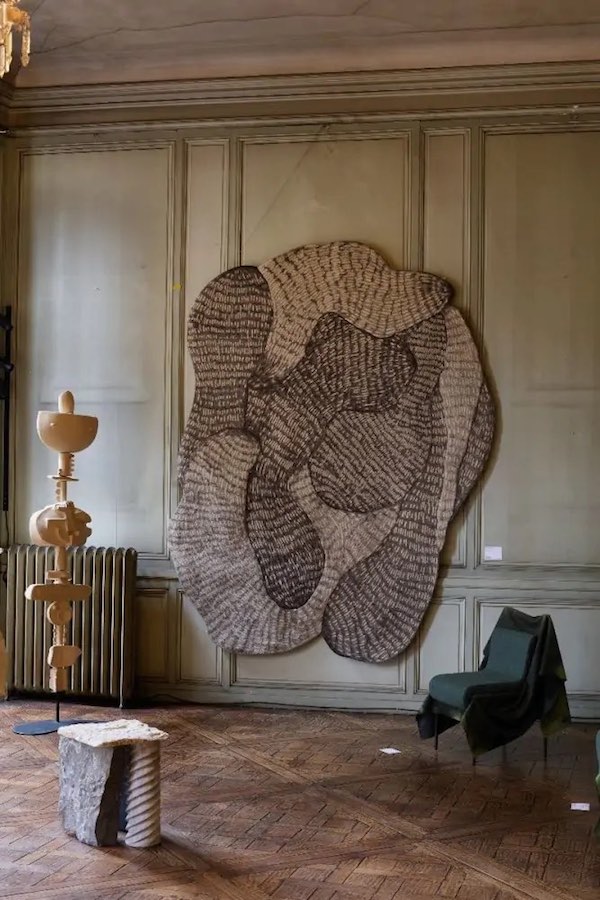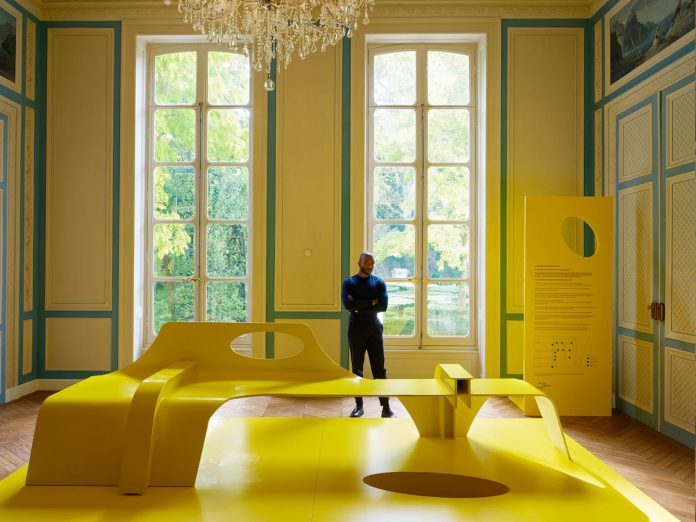Last week Paris welcomed the second edition of Paris+ par Art Basel, the French chapter of the world’s most important fair in the sector. There were 38,000 people on hand, some very important pieces (like the canvas by Mark Rothko offered by Pace Gallery for 40 million dollars), and an audience of museum curators and outstanding collectors.
On the same days, we also saw a much-awaited debut, that of Design Miami/ Paris. A memorable start, especially due to the selected location: the Hôtel de Maisons, once the home of Karl Lagerfeld, a building (with a garden, containing a maison démontable by Jean Prouvé – noblesse oblige) full of marble, stucco and gilding, in the heart of Saint-Germain. The display of furnishings and objects in a house instead of a stand made all the difference.


Around these two central events, there were a number of satellite initiatives. Both on the front of art (Paris Internationale, Offscreen) and on that of collectible design (Thema, Contributions). Two worlds that have many points of contact, starting with a large overlap of the viewing public.
The same reasoning lurks behind the collaboration between the textile maker Kvadrat and the artist Danh Vo, a very poetic project that rethinks the concept of the “limited edition” and suggests an original way of uniting art and interior design. Or the just announced involvement of Nathalie Du Pasquier – a formidable example of an artist/designer – in the upcoming edition of the event Litta Variations, scheduled for Milano Design Week 2024.
In my view, tracing overly rigid boundaries is never a good idea. Creativity doesn’t follow such logic, and trespasses often lead to the discovery of new and important things. They create connections and add depth. Like a window in a room. The recognition that art and design can speak one language – after all, they both focus on the spaces we inhabit – makes them stronger and more meaningful. And more capable of narrating our times.







